Explore the UNESCO World Heritage Sites in Croatia
Every country has its charms, but some places are truly special; whether they are the result of natural processes, remains of ancient civilizations, or cities with ancient histories that still overflow with life. The United Nations Educational, Scientific and Cultural Organization, better known as UNESCO, has formed a World Heritage List of sites that serves to protect these magnificent localities, whether they belong to natural or cultural heritage, or sometimes both. In Croatia, seven sites have been inscribed on the List in the last 36 years, while 15 more have been nominated.
Plitvice Lakes National Park
The oldest Croatian national park is the first and so far the only Croatian natural monument to be inscribed on the UNESCO World Heritage List due to its magnificent and unique beauty. The stunning waterfalls and the sixteen turquoise lakes, surrounded by dense forests still populated by bears, wolves and a multitude of rare birds, are a breathtaking and life-affirming sight. A walk around Plitvice Lakes is an unique experience, not least due to the fact that the lakes are in a constant state of flux as a result of natural processes.
Diocletian's Palace and the Historical Nucleus of Split
The world-renowned palace of the Roman emperor Diocletian, who obviously had a good eye for vacation spots on the other side of the Adriatic, is today one of the most significant and best preserved late antique sites. The cradle of Split is very much still alive today; the cellars of the Diocletian's Palace are filled with people, with its stone floors daily traversed by hordes of tourists, klapa (a capella) groups gathering to sing, young lovers meeting and children at play.
Old City of Dubrovnik
This oasis of civil liberties on the southern part of the Dalmatian coast has been world-renowned since long before Game of Thrones which is filmed here. This late medieval town with impressive and well preserved fortifications and colorful citizenry is filled with luxurious architecture, and it was the first Croatian site to become inscribed on the UNESCO World Heritage List. During the Croatian War of Independence it also spent seven long years (1991-1998) on the UNESCO List of World Heritage in Danger.
Episcopal Complex of the Euphrasian Basilica in the Historic Center of Poreč
After a break of almost twenty years, the Euphrasian Basilica in Poreč, the cathedral with the famous 6th century mosaics, became the first monument of the Republic of Croatia to be inscribed on the UNESCO World Heritage List as one of the finest examples of early byzantine architecture.
Historic city of Trogir
Trogir was founded by the ancient Greeks, and its fortified town core later continued to host Illyrians, Romans, Venetians and Slavs, who left behind them the traces of a series of periods and cultures. Trogir might be the best preserved Romanic-Gothic site in all of Central Europe, but its charm lies in its longevity. The town's people still live their usually pleasant existence in the manner they have always been accustomed to in this beautiful town, with practically zero parking spaces and extremely narrow streets difficult for today's cars to navigate, although they are crowded by tourists.
The Cathedral of St. Jacob in Šibenik
The triple nave cathedral, whose construction took over a century and was undertaken by the biggest names of Italian and Dalmatian architecture – Francesco Di Giacomo, Giorgio da Sebenico and Niccoló di Giovanni Fiorentino– is one of the key Renaissance monuments on the Adriatic.
Stari Grad Plain
The Stari Grad Plain, situated on the island of Hvar, is the seventh and most recent member of the UNESCO World Heritage List in Croatia. The fertile field that inspired the ancient Greeks to use it for agriculture has remained virtually unchanged since the 4th century BC when it was first used by them. 24 centuries later, dry stone walls still partition the landscape and delineate the fields geometrically in a way the ancient Greeks would still recognize today, together with the same crops: grapes and olives.
See also
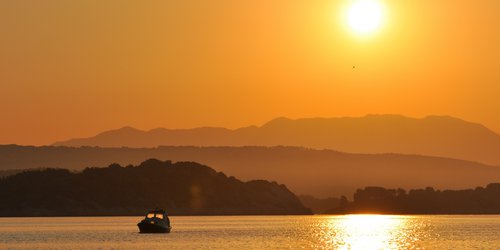
Adventure to Remember
The diversity of Croatia has always delighted visitors and the same can be said of its tourist offers. Still, some of her jewels remain hidden even today, quite undeservedly so. Scattered all over the country, they are worth every minute and every effort spent in discovering them.
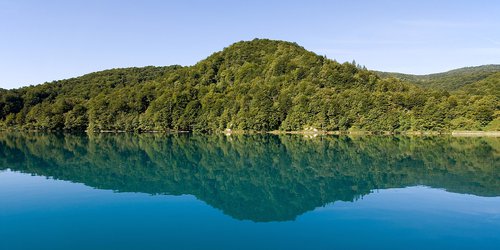
Green and Blue
One thing rarely crosses our minds when picking a vacation destination and yet we do think of it quite often while decorating our homes – the importance and influence of colors. Blue does not do for the living room or study, calming though it is, since it induces depression and exudes cold. On the other hand, green is the current queen of interior design: it relaxes the body, diminishes stress and improves vision. However important our living environment may be, the best way to get exposed to colors is in nature. Because nothing calms the soul like a body in movement surrounded by the beautiful shades nature creates
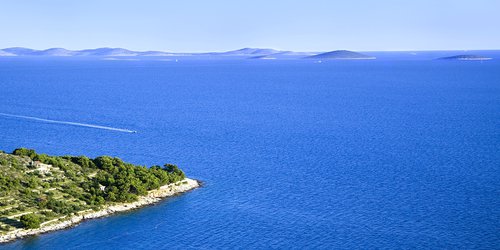
Islands and Half-islands
Every coast is charming in its own way, but once you experience the beautiful blue Adriatic, you will never want to leave! Small islands, interesting peninsulas, uninhabited isles and heart shaped islets, hidden coves and even more hidden vineyards in stunning bays will thrill you almost as much as the fantastic people who have chosen to build their lives in this at times cruel but always breathtaking beauty, far away from the mainland.
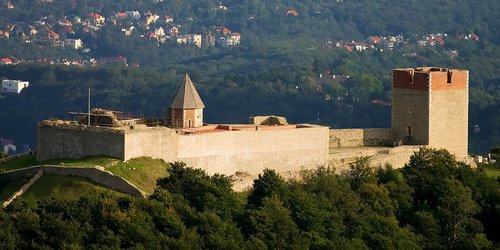
Knights and Legends
Croatia is most often referred to as the country with a thousand islands, but in this small country for a big vacation, there are over a thousand castles, palaces and forts as well. Some are home to museums, some to hotels, and in some people still live, be they in private hands or just happen to have towns grown around them.
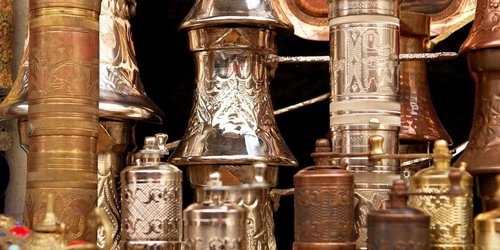
Neighboring Countries
Croatia is a small country extremely rich in history. Since the seventh century, when Croats are supposed to have arrived to this territory, countless armies have marched through it, antique empires built their strongholds in it, but we stubbornly kept claiming what we considered ours. The cultural diversity of all these centuries has become an integral part of our identity.

Old Paths
Wherever you might find yourself in Croatia, you are likely to stumble upon fragments of history: Zagorje and Slavonija are full of burgs, forts, castles, but also prehistoric archaeological sites, while Dalmatia and Istria are brimming with traces of antiquity, Byzantium, medieval times and the Renaissance carved into stone. Tribes, nations and rulers have succeeded each other with a higher frequency than anywhere else, as can be seen in the recent turbulent history of the region.
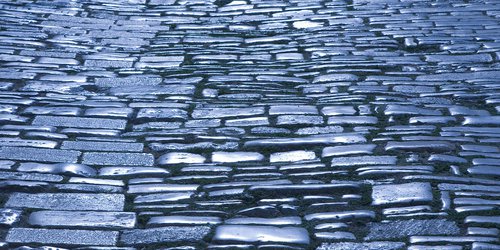
Small Towns
The "small country for a big vacation" is filled with picturesque and unusual little towns in which big things happen! Each one has its own story and personality that makes it worth taking the time to both find it and find out all about it.

When in Croatia, Go Local!
When in Rome, do as the Romans do, goes the ancient proverb. It is the best advice any traveler ever got. Go local and do everything locals do in order to live the country you are visiting!